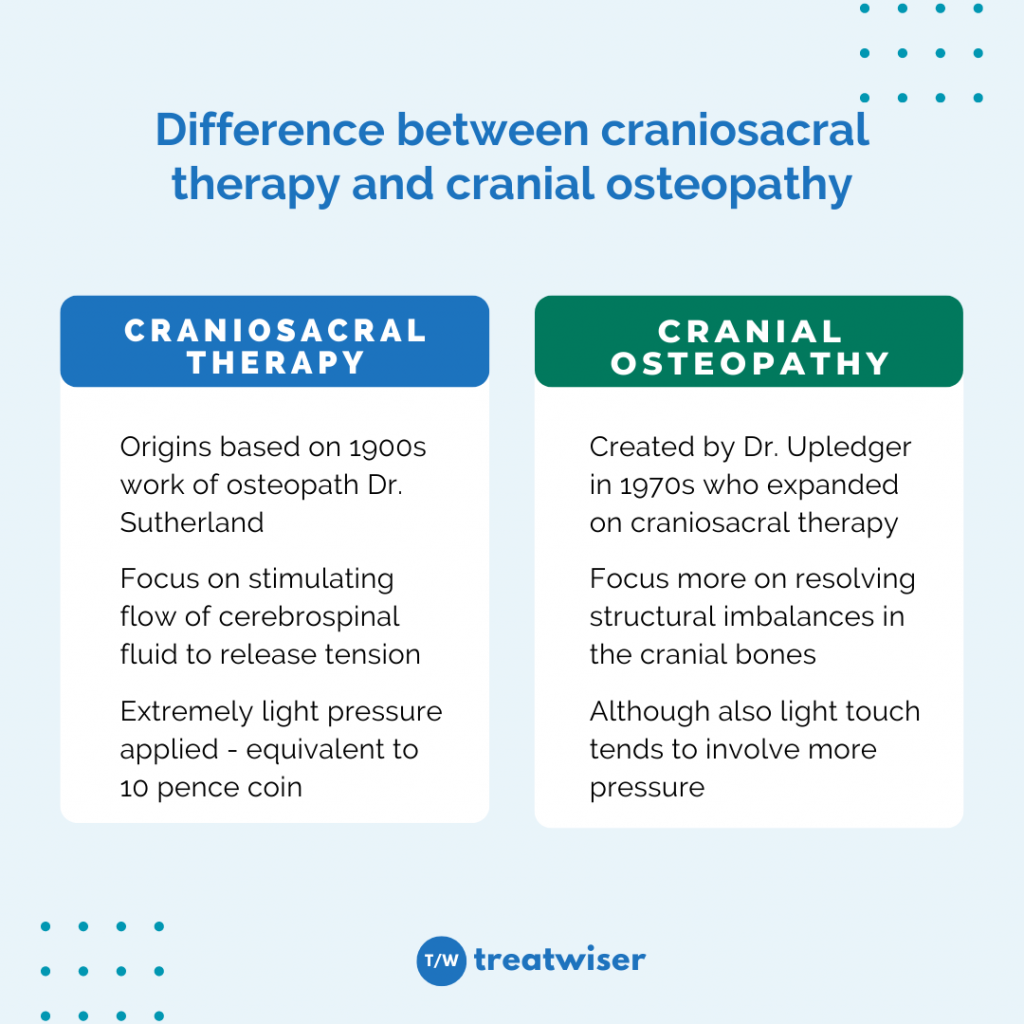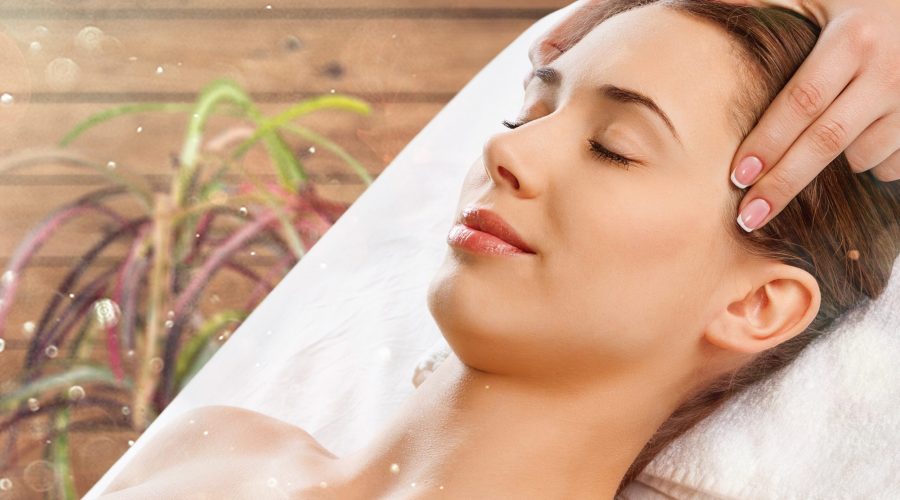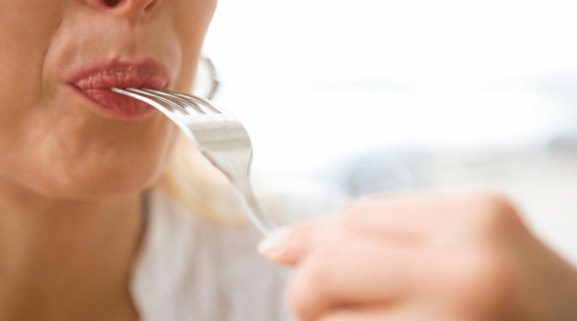Cranial osteopathy is a branch of osteopathy that focuses on the delicate bones of the skull.
This therapy can be transformative for those with headaches, jaw pain, neck pain, attention deficit disorder, and much more.
In this article, you’ll learn more about cranial osteopathy and what makes it different to craniosacral therapy.
What is cranial osteopathy?
Cranial osteopathy is a specialised form of osteopathy that releases tension in the skull and sacral area (lower back). It was developed by the osteopathic doctor William Sutherland who believed the bones weren’t fixed in the adult skull as was commonly believed.
Cranial osteopathy uses the same gentle palpation and manipulation techniques used in osteopathy. Skilled practitioners feel disruptions in the cranial rhythms and release subtle tensions in the cranial bones, tissues, and fluids. Realigning the cranial and sacral bones helps the body find balance and healing.
Benefits of cranial osteopathy
Cranial osteopathy supports homeostasis – a state of balance in your nervous system, cells, and tissues – and helps the body through emotional or physical stress and disease. It improves blood, lymph, and cerebrospinal fluid circulation and may relieve pain and tension.
Cranial osteopathy may benefit the following symptoms:
● Chronic pain
● Headaches and migraines
● Dizziness
● Fatigue
● Poor focus and memory
● Musculoskeletal conditions
● Neuropathy
● Anxiety and mood disorders
● Poor circulation
● Allergies and sinus problems
How to get started with cranial osteopathy
Cranial osteopaths go through four years of osteopathic training and a post-graduate qualification in cranial osteopathy. You can search our Treatwiser therapist directory to find a qualified practitioner in your area registered with the General Osteopathic Council.
Before booking an appointment, contact the practitioner to find out their level of experience, their rates, the accessibility of the practice, and wait times. If you’re looking for an appointment for your infant or child, ask about their experience with paediatric cranial osteopathy.
Why is cranial osteopathy different from craniosacral therapy?
Cranial osteopathy and craniosacral therapy have similar origins. Craniosacral therapy is the newer therapy developed by Dr John Upledger from cranial osteopathy. It focuses on the theory that the craniosacral system (the skull, neck, spine, and sacrum) has a subtle rhythm caused by cerebrospinal fluid moving up and down the spinal cord. Practitioners use their hands to listen to this rhythm and identify any imbalances in membranes and fluid surrounding the brain and spinal cord. Cranial osteopathy, on the other hand, focuses more on the underlying structural imbalances in the cranial bones.
Another difference is the amount of pressure applied during treatment. In craniosacral therapy, the practitioner applies 5-10 grams of pressure, making it almost imperceptible. Although still subtle, cranial osteopathy tends to use slightly more pressure.

Who is cranial osteopathy used for?
Cranial osteopathy is a gentle, holistic therapy ideal for people of all ages – including
newborns and toddlers.
It’s used in the following ways:
- Paediatric care: Cranial osteopathy for babies and young children realigns the bones and soft tissues that may still hold tension from a difficult birth. It can help treat colic, earache, tongue-tie, latching problems, and learning difficulties.
- Treating chronic pain and symptoms: Most people seek cranial osteopathy for complaints such as chronic pain, injuries, insomnia, and anxiety.
- Preventive care: Regular cranial osteopathy appointments to mitigate day-to-day stress. This may involve an appointment every month or every six weeks.
DISCLAIMER: The Site cannot and does not contain medical / health advice. The medical / health information is provided for general informational and educational purposes only and is not a substitute for professional advice. Accordingly, before seeking any form of medical advice, diagnoses or treatment based upon such information, we encourage you to consult with your GP or other qualified health practitioner. You must never disregard professional medical advice or delay in seeking it because of something mentioned on this Site. The use or reliance of any information contained on the Site is solely at your own risk.


